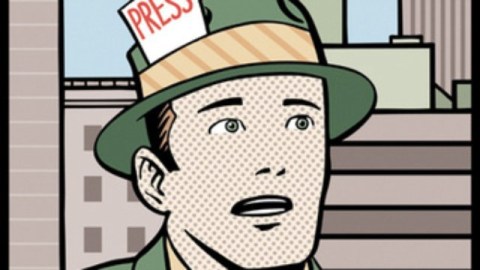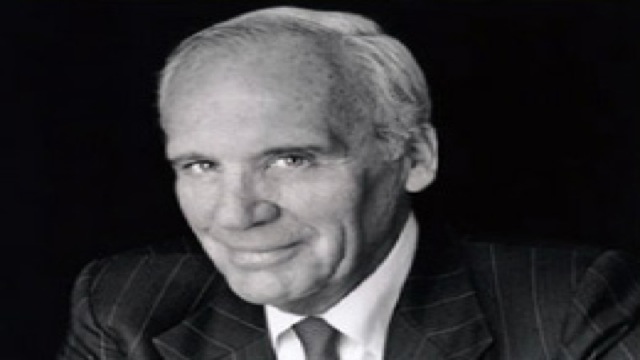NYU/ProPublica Initiative Seeks to Revive the Genre of “Explainer” Reporting

In the latest important initiative to emerge from the vibrant journalism ecosystem of university and not-for-profit partnerships, NYU’s School of Journalism and ProPublica have announced a joint project to bring back to life the very important genre of explanatory reporting.
From the news release announcing the initiative:
New York University’s Arthur L. Carter Journalism Institute and ProPublica, the Pulitzer-Prize-winning investigative journalism non-profit, have formed a joint project to enhance the genre of “The Explainer,” a form of journalism that provides essential background knowledge to follow events and trends in the news.
The project aims to improve the art of explanation at ProPublica’s site and to share what is learned with the journalism community. NYU’s contributions will stem from the Carter Institute’s Studio 20 concentration for graduate students, which runs projects on Web innovation.
“An explainer is a work of journalism, but it doesn’t provide the latest news or update you on a story,” said NYU Professor Jay Rosen, detailing the concept. “It addresses a gap in your understanding: the lack of essential background knowledge. We wanted to work with the journalists at ProPublica on this problem because they investigate complicated stories and share what they’ve learned with other journalists. It seemed like a perfect match.”
“Orienting readers and giving them context has long been a key component of good journalism,” said Eric Umansky, a senior editor at ProPublica. “But the Web allows you to re-think what forms that can take and how it should be done. We’re thrilled to be working with Studio 20 and Jay on experimenting with that.”
Bringing clarity to complex systems so that non-specialists can understand them is the “art” of the explainer. For instance, an explainer for the Irish debt crisis would make clear why a weakness in one country’s banks could threaten the European financial system and possibly the global recovery. A different kind of explainer might show how Medicare billing is designed to work and where the opportunities for fraud lie.
“Good explainers are engaging, not only informative,” observes Rosen. “They lower the barrier to entry to news stories that are difficult to summarize in a headline.”
The joint effort with ProPublica, the “Building a Better Explainer” project, will run through the remainder of the 2010-11 academic year. The project site, Explainer.Net, will be edited by the Studio 20 team. The site will highlight outstanding work in explanation, interview skilled practitioners and update interested audiences on the project’s progress.
Graduate students working under Rosen, and consulting closely with the editors of ProPublica, will:





